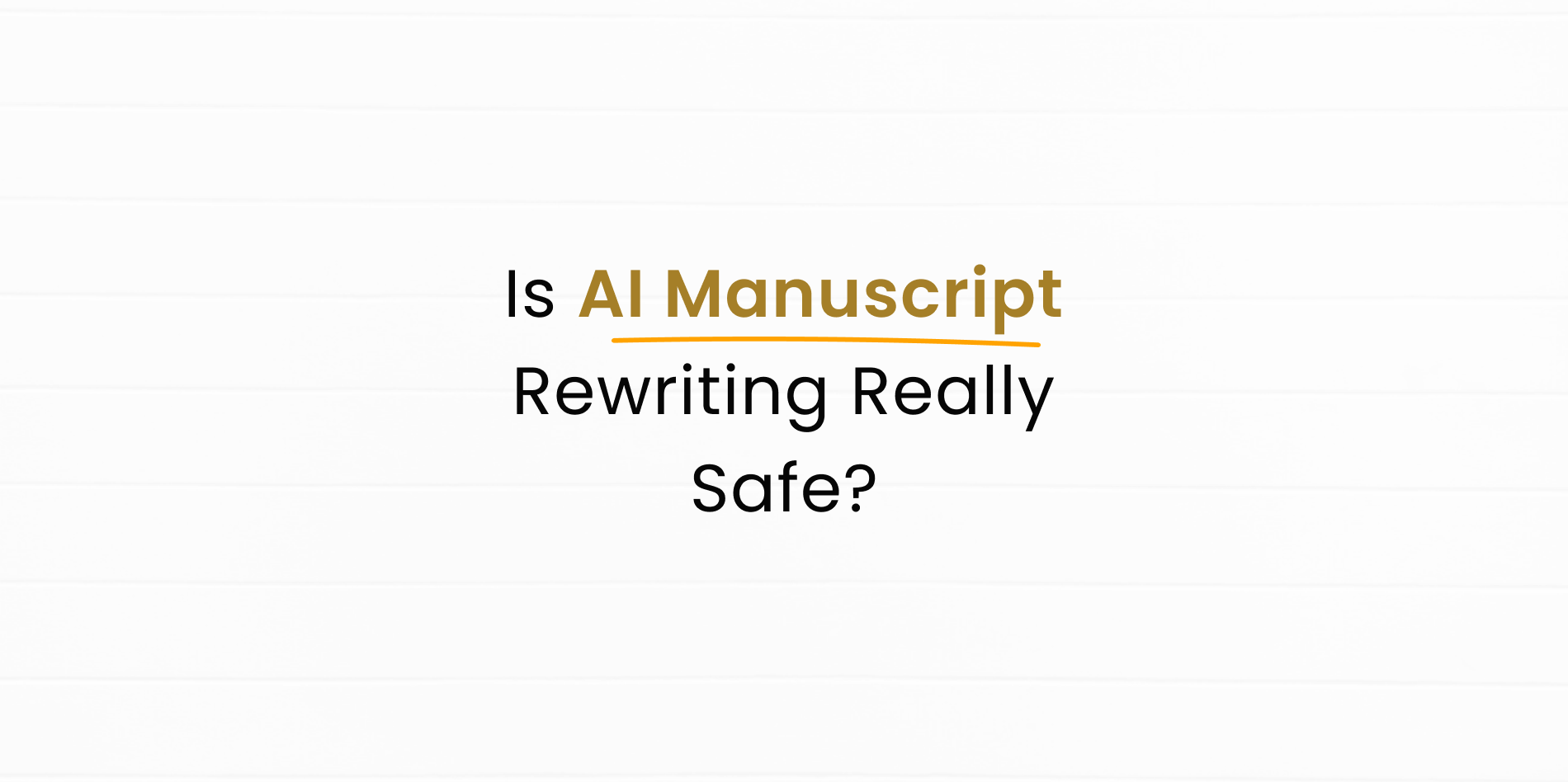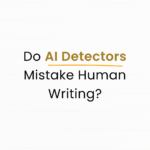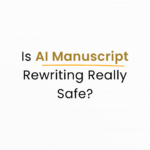Why Writers Consider AI Rewriting
Many students, researchers, and authors ask: “Is using AI to rewrite my manuscript safe?” The rise of advanced rewriting tools has made it easier than ever to improve grammar, adjust tone, or paraphrase sections of text. But while AI can enhance writing speed and clarity, there are risks if it is not used carefully.
How AI Manuscript Rewriting Works
AI rewriting tools analyze your text, restructure sentences, and sometimes substitute synonyms while preserving meaning. Tools like the KreativeSpace Paraphraser are built for students and professionals who need accuracy without losing originality. Unlike basic synonym changers, advanced AI systems evaluate context to maintain readability and logical flow.
Outbound research in computational linguistics shows that AI rewriting models rely on training data and predictive algorithms, which means results can sometimes feel less human and more mechanical. This is where careful editing becomes necessary.

Benefits of Rewriting a Manuscript with AI
When used correctly, rewriting a manuscript with AI has several advantages:
- Improved grammar and fluency – Mistakes are corrected automatically.
- Faster editing process – Large manuscripts can be refined in minutes.
- Consistency in tone – AI can standardize voice across chapters or sections.
- Idea preservation – Core meaning is retained while sentences are improved.
For example, the KreativeSpace Grammar Checker ensures polished language while keeping your personal voice intact.
Risks of Using AI to Rewrite a Manuscript
Despite the benefits, there are concerns about AI rewriting safety. The main risks include:
- Loss of originality – Over-reliance on AI can strip away personal writing style.
- Plagiarism risks – Poor AI tools may output text too close to existing sources.
- Detection issues – Schools and publishers increasingly use AI Detectors to identify AI-generated text, which means manuscripts rewritten entirely by AI may be flagged.
- Fact inaccuracies – AI does not verify sources; it may rephrase errors as if they are correct.
Outbound analyses in publishing studies highlight that authors must be cautious when using AI for sensitive or creative works, since heavy rewriting can shift meaning or tone.
Safe Ways to Use AI in Manuscript Editing
AI is safest when treated as a support tool rather than a replacement for personal editing. Here are strategies to reduce risk:
- Combine AI with human review – Always edit after the AI produces a draft.
- Use plagiarism checks – The KreativeSpace Plagiarism Checker ensures rewritten text is unique.
- Run text through an AI Humanizer – The AI Humanizer improves natural flow, helping writing feel more authentic.
- Keep your voice present – Add personal insights or narrative elements AI cannot generate.
Where AI Rewriting Can Go Wrong
Writers sometimes misuse AI rewriting by copying entire manuscripts into free, low-quality tools. This often leads to:
- Generic tone – Manuscripts lose distinctiveness.
- Over-simplification – Complex arguments are flattened into basic sentences.
- Unintended paraphrasing errors – Key terms may be replaced with inaccurate synonyms.
Such AI detection errors and style mismatches show why selective rewriting is safer than full automation.
Best AI Tools for Manuscript Rewriting
Not all AI tools perform equally. The KreativeSpace suite offers reliable options:
- Paraphraser – Context-aware rewriting.
- Summarizer – Shortens chapters while keeping meaning.
- Grammar Checker – Fixes mistakes instantly.
- AI Detector – Ensures rewritten text isn’t flagged incorrectly.
These tools reduce risks while supporting originality, which is essential for manuscript safety.
The Role of AI in Academic vs. Creative Writing
Academic manuscripts benefit from AI in terms of clarity, grammar, and conciseness. However, in creative works such as novels or essays, heavy rewriting by AI may weaken style and originality.
Outbound discussions from literary editors confirm that while AI is excellent for grammar and structure, creativity still requires human nuance. Therefore, using AI as a helper, not as a substitute, provides the best outcome.
Future of AI in Manuscript Rewriting
As AI models improve, they are becoming better at recognizing voice, style, and context. Future AI rewriting tools will likely focus on:
- Preserving authorial style while fixing errors
- Detecting and avoiding plagiarism risks automatically
- Integrating seamlessly with publishing workflows
This suggests that AI manuscript editing will become safer over time, though human oversight will remain essential.
The Decider
So, is using AI to rewrite my manuscript safe? The answer is yes—when done correctly. AI tools can improve grammar, consistency, and readability, but they should never replace human judgment. By combining AI with checks from KreativeSpace tools such as the Paraphraser, Grammar Checker, and Plagiarism Checker, writers can ensure their manuscripts remain both polished and authentic.
Ultimately, the safest approach is to use AI as a partner in the editing process—not as the final author.



